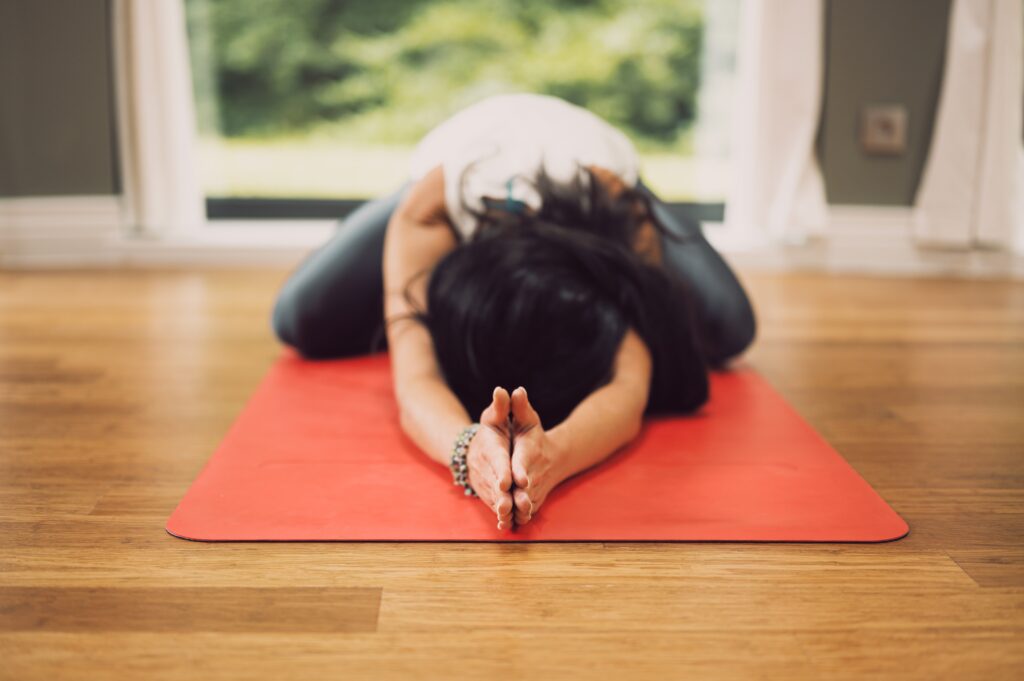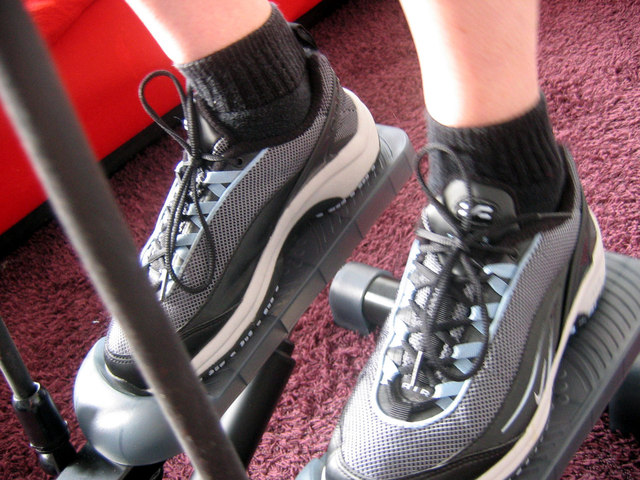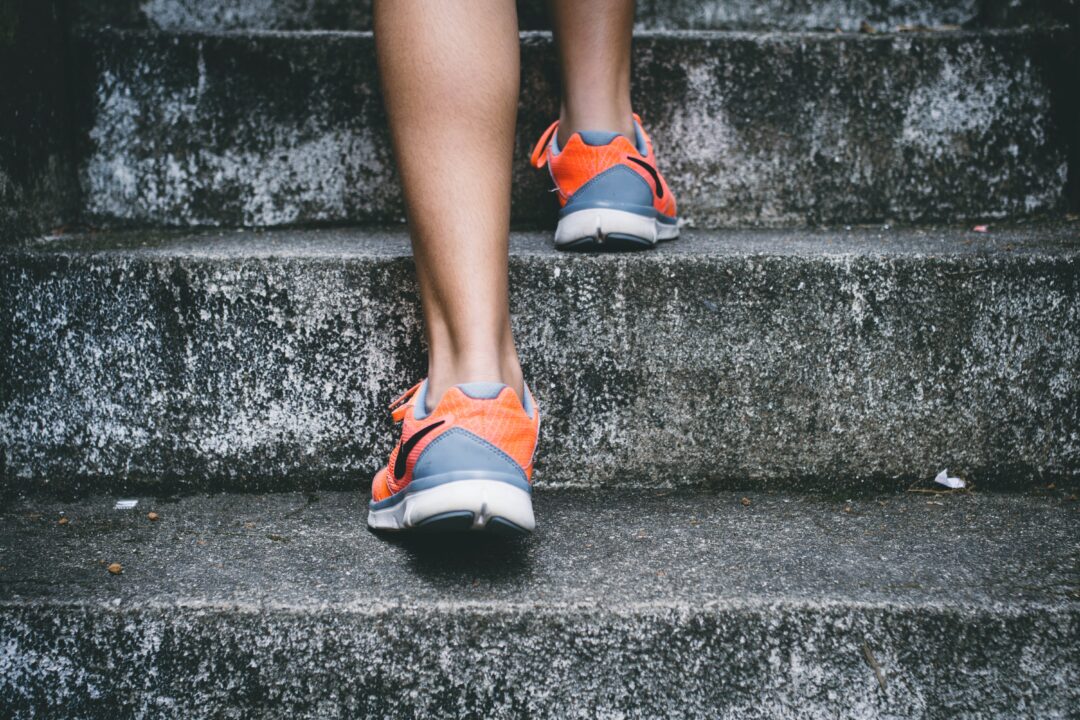What are the benefits to warming up and cooling down before and after exercises? Warm up and cool down exercises have many health benefits, can improve your physical performance during exercise and reduce injury. Keep reading to find out more!
What is warming up?
Warming up involves low-intensity exercise to warm up your muscles, improve blood flow and mobilise joints. This can be doing your activity at a low level, or other simple exercises to warm up. If you are doing something specific such as golf, your warmup would also include specific stretches for that sport.
Warming up helps you physically by:
- Promoting blood flow through muscles
- Stimulates oxygen delivery to working muscles
- Increases muscle temperature
- Improving your range of motion and flexibility
And cooling down?
After the intense part of your exercise, the cooldown allows your body to slow down the heart rate, as well as help regulate blood flow to help with muscle soreness and things such as lactic acid.
But do warmups really help with preventing injury? Do they help with performing to a higher level and do they really help with things such as muscle soreness and tightness? Read on to find out!
Read our other articles on exercise by clicking on the following links:
Burning belly fat! What are some belly fat exercises?
What is the best time to exercise?
How are exercise and mental health linked?
Can they prevent delayed onset of muscle soreness?
Exercise can vary greatly in terms of what we do. We may run, bike, weight lift, or swim. However, one thing that usually occurs no matter the exercise is DOMS (delayed onset of muscle soreness). It is the general soreness and tightness you feel in muscles between 8 and 24 hours and up to 48 hours after exercise. Below are some key points and facts on warming up to reduce DOMS.
- Aerobic warmups between 10 and 20 minutes long at a sub maximal effort have been found to be effective in reducing DOMS
- The warmup has been found to be more effective in reducing DOMS than the cool down, so long as it is a thorough warm up with the right components
- Warming up prior to weightlifting, using an aerobic warm up and then stretching can reduce DOMS in the first 24 hours
Can it reduce the risk of injury?
Studies have shown the benefits warmups can have on injuries and reducing the risk. Some of the key findings are below:
- Research findings in team sports such as handball found those who warm up are 80% less likely to be injured
- Structured warm up routines can reduce the risk of knee and ankle injuries by 50%
- Whilst warmups can help prevent injuries such as soft tissue injuries, they cannot totally eradicate the chance of injury
How can warming up improve performance and help prevent injury?
The exact way to warm up depends on many variables, and there is no ‘one size fits all’ approach.
Below are some key points on warming up and performance from a large study:
- Adequate warmups show a positive improvement in overall performance
- 79% of criteria were improved for sports performance in a meta-analysis study
- There is little evidence to show that warmups negatively affect performance
- Improved flexibility, range of motion, muscular strength/endurance are all benefits of an adequate warm up

Which type of stretching is best?
Stretching is a key part of warmups which improve flexibility and our range of movement, as well as decreasing the chance of injury during exercise. When thinking about what stretches to use, it is worth thinking about the types of stretches and being aware of what they are.
Dynamic stretches
- Fluid movements which exaggerate a range of movements
- These movements target a range of muscles
- The movements stretch muscles to their normal range of movement (ROM)
Ballistic stretches
- Like dynamic stretching, whereby movements are done, but they also include counter movements
- This stretching pushes muscles past their normal ROM, as the stretches include some small bouncing of the position held
- For example, touching your toes with straight legs but bouncing up and down slightly to reach further
- These stretches are good for improving the ROM, but are not recommended for non-athletes or the average person, as they can increase the risk of injury
Static stretches
- These stretches target a muscle, such as your hamstring, and you hold the stretch for 10 to 30 seconds and repeat 3 to 4 times
- This stretches the muscle to its limitation but does not go any further
- These can greatly improve your flexibility and range of motion if done consistently
Stretching in a range of ways improves our flexibility and ROM before warming up, but overall, static and dynamic stretching is best, especially for those who are new to exercise or are still not overly active. As you continue to exercise and warm-up consistently with stretching, your flexibility and range of movement will improve.
The health benefits to cooling down?
Cooling down has its benefits to those participating in any activity. However, research mainly says this is to a lesser extent than warming up. If we are to cool down, using active rather than static cooldowns are advised.
Active cooling down, through active/dynamic stretching and movement, does improve and aid the following:
- Muscle soreness and DOMS can be less significant the next day
- Promote the recovery from high levels of lactate in blood, thus flushing out lactic acid
- Potential quicker recovery of the cardiovascular and respiratory system
Although not proven to reduce injury, there are certainly benefits to be gained from cooling down rather than not!
In conclusion, warming up is a definite no brainer, as it: Reduces our risk of injury
Mobilises joints and muscles so we are ready for activity
Improves our performance in exercise and activities
Reduces DOMS and the chances of small strains
Cooling down is certainly advised to aid your recovery after exercise!
Studies discussed in the article
Fradkin, A. Gabbe, B. and Cameron, P. (2006) ‘Does warming up prevent injury in sport?’, Journal of science and medicine in sport, 9(3), pp. 214–220.
Fradkin AJ, Zazryn TR, Smoliga JM. Effects of warming-up on physical performance: a systematic review with meta-analysis. J Strength Cond Res. 2010 Jan;24(1):140-8.
The effect of warm ups with stretching on the isokinetic moments of collegiate men. Hyoung-Kil Park, Min-Kyung Jung, Eunkyung Park, Chang-Young Lee, Yong-Seok Jee, Denny Eun, Jun-Youl Cha, Jaehyun Yoo: J Exerc Rehabil. 2018 Feb; 14(1): 78–82.
Olsen, O. et al. (2012) ‘The Effect of Warm-Up and Cool-Down Exercise on Delayed Onset Muscle Soreness in the Quadriceps Muscle: a Randomized Controlled Trial’, Journal of human kinetics, 35(1), pp. 59–68.
Author: Mayo Clinic Staff
Title: Aerobic exercise: How to warm up and cool down
https://www.mayoclinic.org/healthy-lifestyle/fitness/in-depth/exercise/art-20045517
Van Hooren, B. and Peake, J. M. (2018) ‘Do We Need a Cool-Down After Exercise? A Narrative Review of the Psychophysiological Effects and the Effects on Performance, Injuries and the Long-Term Adaptive Response’, Sports medicine (Auckland), 48(7), pp. 1575–1595



